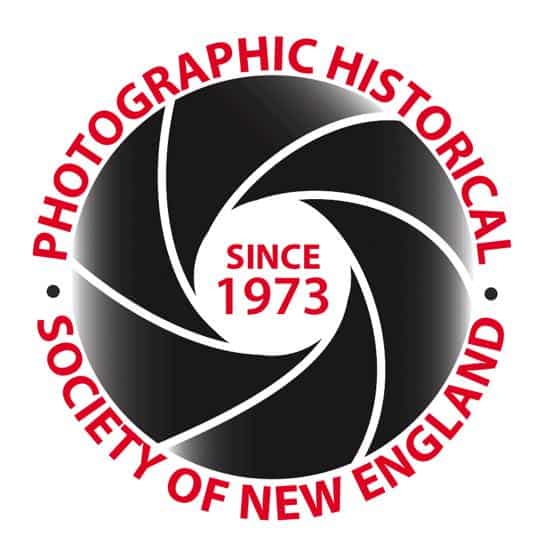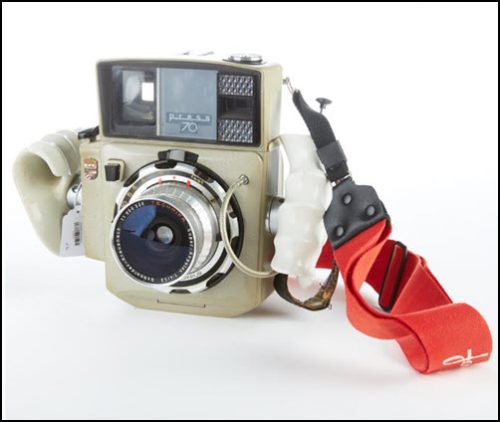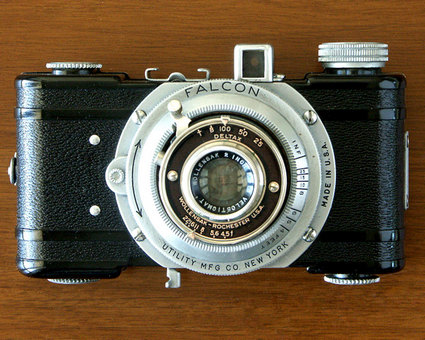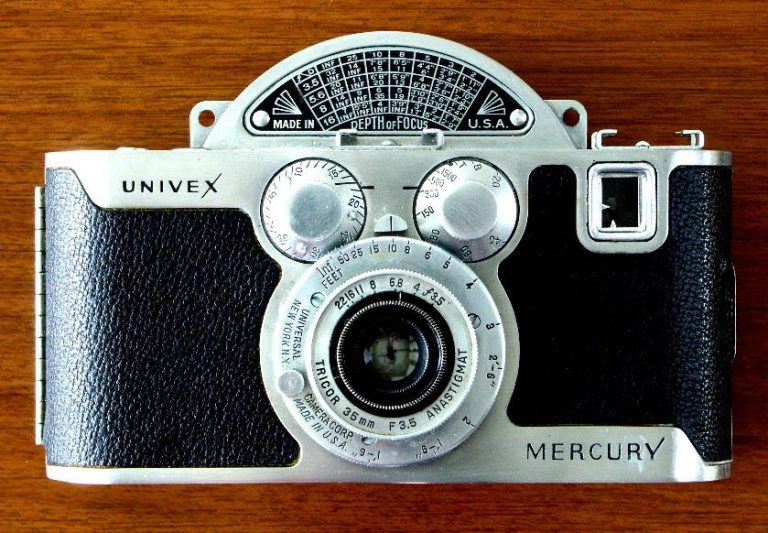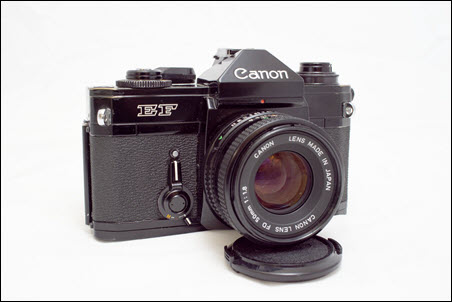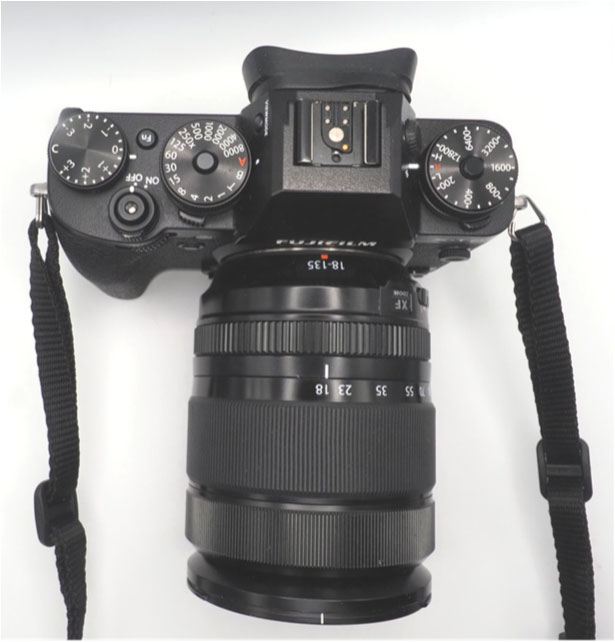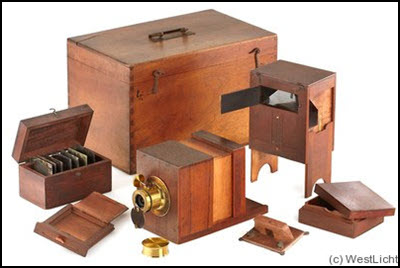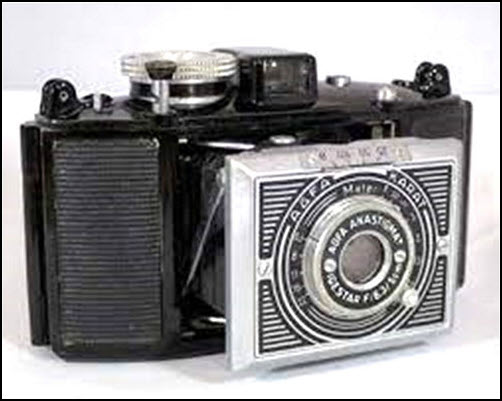The Linhof Technika 70 “is an exceptional, beautifully-made, and very expensive combination of the rollfilm camera and the technical camera.” (Collecting and Using Classic Cameras, Ivor Matanle, 1986, p.10)
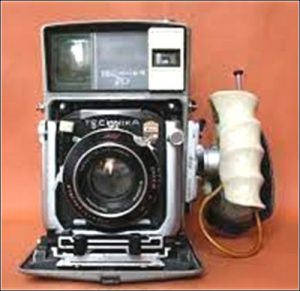
“Designed for news, fashion, sports and press photography,” the camera “seems to have inspired competing products, including the Graflex XL (1965) and Mamiya Super 23 (1967). It was introduced at the same time as, and shares parts with, both the Linhof Technika 70 and Linhof Aero Press. The Technika 70 version has bellows focusing and technical camera features (less suited for sports and press photography). Unlike the Mamiya Press and Graflex XL, the Press 70 has a combined shutter cocking and film advance lever. However, this requires special geared Super- (120 film) and Cine-Rollex (70mm film) backs.” (http://camera-wiki.org/wiki/Linhof_Technika_Press_70).
The elements of the Technika 70 included: full back movements, a ground-glass film-plane focusing screen, double-cut film holders, a front drop bed, a new front standard introducing on-axis tilt and lateral shift, and bellows focusing, along with the built-in (uncoupled) selenium exposure meter shared with the Press version. Both versions shared “the top-mounted rangefinder, a completely new design with a larger, brighter 6 x 7cm format finder with reflected frame lines for up to three rangefinder-coupled lenses. The lens-coupling cam had a ratcheted mechanism allowing faster lens switching.”
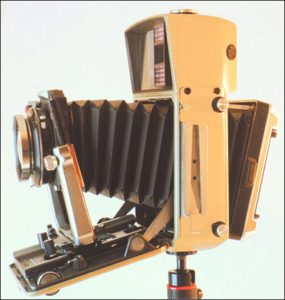
The viewfinder is somewhat like the Leica M; the two outer frame lines remain visible all the time, but it’s possible to switch the inner telephoto frame lines on or off. The 93.5mm rangefinder base length offered excellent RF focusing accuracy for a medium format camera. This feature made it possible to accurately focus a 240mm telephoto lens at middle distances. “Lenses from 53-180mm (telephoto lenses to 240mm) were coupled to the rangefinder via a trilobed metal cam placed in the bed of the camera. Cams have the serial numbers of the lenses for which they were cut engraved on their top surface, along with the focal length and a color code as to which lens stops on the focusing track are used.”
Though 56 x 70mm is more common, the format for the 6 x 7 Linhof is 56 x 72mm. The vertically-oriented camera must be rotated on its side for horizontal photos.The high-end camera was introduced in 1963. In 1967 it was priced at $745 ($6,710 in 2022 dollars) and the lenses sold for $510 and $769 respectively for 80mm and 53mm wide-angle lenses ($4,594 and $6,926 in 2022 dollars).
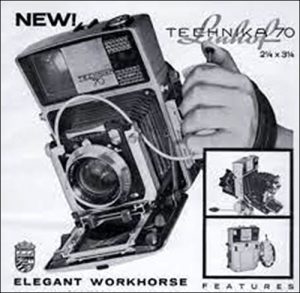
Shutterbug (https://www.shutterbug.com/content/classiccamerasbrthe-linhof-technika-70) described the Technika 70 as “a ‘universal’ camera intended for both handheld action and tripod-mounted corrective photography, a combination of press and technical designs.”
After a long run, both the Technika Press and 70 were replaced in 1979 by the 2 x 3 Super Technika V which had a side-mounted rangefinder.
What the heck…
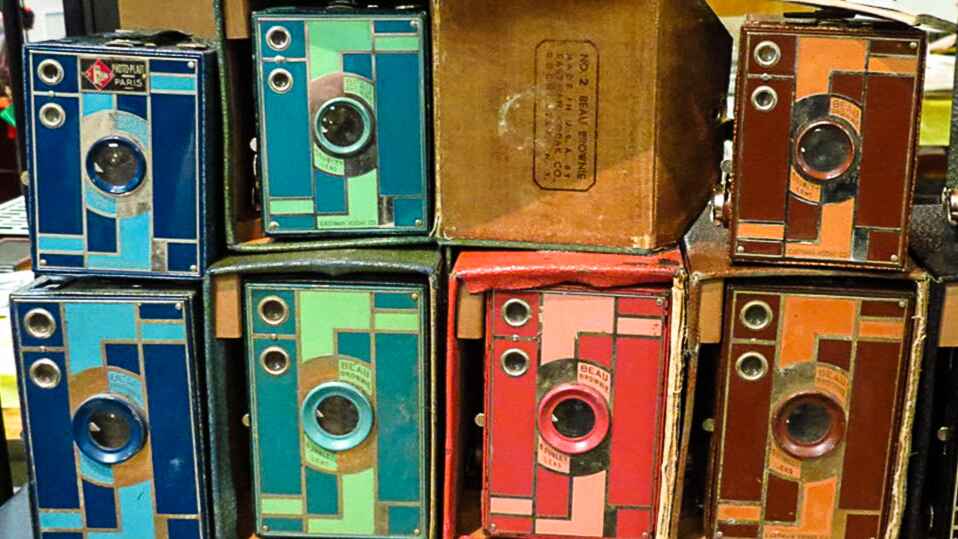
Are Those Even Cameras?!
Join the PHSNE Newsletter and learn more about photographic history and preservation. Already an expert? Come and share your collections and knowledge as we celebrate the history and advancement of photography.
